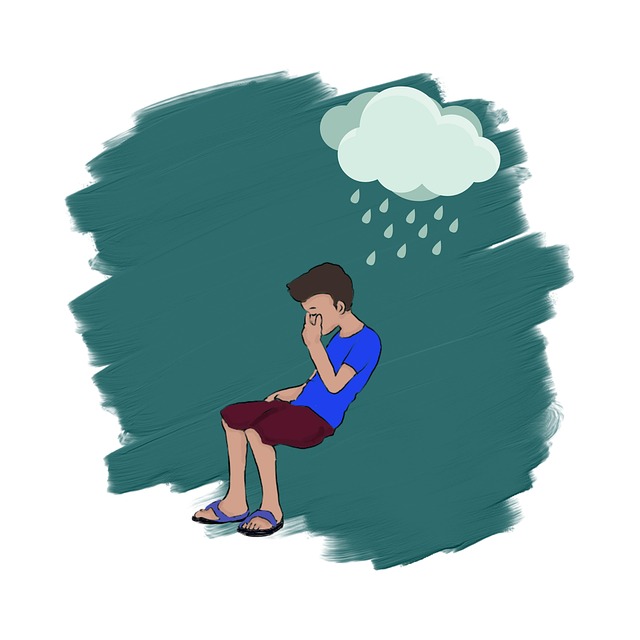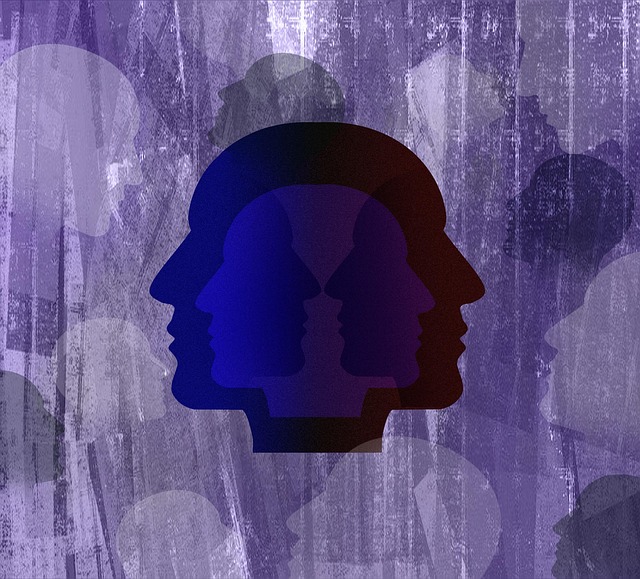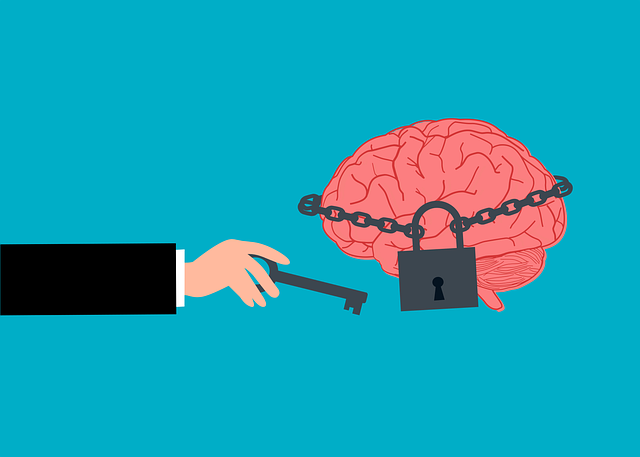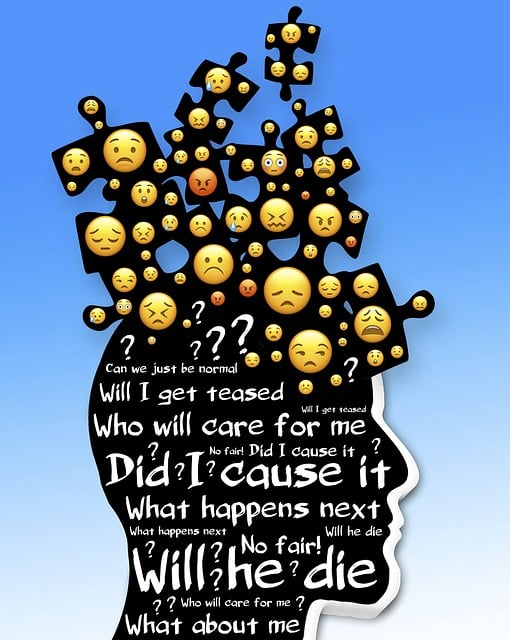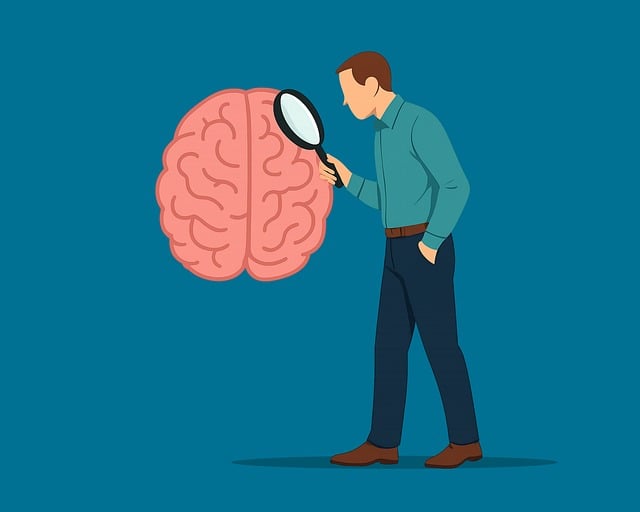Public awareness campaigns play a pivotal role in reshaping societal attitudes towards mental health, especially when it comes to therapy for young children. These initiatives focus on educating the public about the benefits of hypnosis as a therapeutic technique. By addressing stigma and promoting early intervention, these campaigns encourage self-care practices and foster inclusive mental healthcare systems. Hypnosis presents unique advantages in shaping positive behaviors in children due to their malleable minds, but cultural sensitivity is paramount to build trust and ensure effective treatment. Effective campaigns should educate parents, dispel myths, highlight benefits, and share successful outcomes, normalizing hypnosis alongside traditional therapies. Measuring success involves tracking KPIs like participation rates, knowledge gain, and behavioral changes, with regular assessments crucial for maximizing positive impacts across diverse communities.
Public awareness campaigns play a pivotal role in shaping societal attitudes and behaviors. This article delves into the development and impact of such initiatives, focusing on the unique application of hypnosis therapy for young children. We explore the challenges and benefits of targeting this demographic, offering insights into designing effective campaigns for child welfare. Furthermore, we emphasize the importance of measuring success and long-term effects to ensure these programs truly make a positive difference in society.
- Understanding Public Awareness Campaigns and Their Impact on Society
- Targeting Young Children: The Unique Challenges and Benefits of Hypnosis Therapy
- Designing Effective Campaigns for Hypnosis-Based Child Welfare Initiatives
- Measuring Success and Long-Term Effects: Evaluating the Outcomes of Public Awareness Programs
Understanding Public Awareness Campaigns and Their Impact on Society

Public awareness campaigns play a pivotal role in shaping societal attitudes and behaviors towards various issues, including mental health. These initiatives aim to educate, inform, and inspire action by reaching a wide audience. In the context of therapy for young children, such campaigns can be instrumental in breaking down stigma and promoting early intervention. By utilizing creative strategies, they raise awareness about the benefits of hypnosis as a therapeutic tool for improving mental wellness.
The impact of these campaigns extends beyond immediate behavioral changes; they foster cultural sensitivity in mental healthcare practice. By highlighting the importance of self-care routine development for better mental health, they empower individuals to take charge of their well-being. This, in turn, leads to more inclusive and effective support systems, benefiting diverse populations, including young children who may struggle with emotional challenges.
Targeting Young Children: The Unique Challenges and Benefits of Hypnosis Therapy

Targeting young children with therapy like hypnosis presents a unique set of challenges and benefits within public awareness campaigns development. Children’s minds are highly malleable, making hypnosis an effective tool for shaping positive behaviors and fostering mental wellness early on. However, working with this demographic requires cultural sensitivity in mental healthcare practice, as approaches must be age-appropriate and ethically sound to ensure trust and effectiveness.
Public awareness campaigns focused on depression prevention can leverage hypnosis to teach children coping mechanisms and stress management skills. By integrating hypnosis into educational programs, these campaigns can empower young individuals to navigate their emotions healthily. This strategy aligns with broader goals of cultural sensitivity in mental healthcare practice, promoting inclusivity and accessible support for all communities.
Designing Effective Campaigns for Hypnosis-Based Child Welfare Initiatives

Developing public awareness campaigns for hypnosis-based child welfare initiatives requires a thoughtful and strategic approach to engage and educate the target audience—parents, caregivers, and the general public. The primary goal is to dispel misconceptions about hypnosis and showcase its potential as a therapeutic tool for young children. Campaigns should emphasize the effectiveness of therapy for young children using hypnosis in promoting emotional well-being and addressing common behavioral issues.
By incorporating evidence-based practices such as self-awareness exercises and empathy building strategies, these initiatives can foster a deeper understanding of childhood development. Utilizing compelling narratives, expert testimonials, and accessible resources can help normalize the use of hypnosis as a supportive tool alongside traditional therapy methods. Engaging visuals and clear messaging are essential to ensure the public’s trust and support for these innovative child welfare programs.
Measuring Success and Long-Term Effects: Evaluating the Outcomes of Public Awareness Programs

Measuring the success of public awareness campaigns is paramount to understanding their long-term effects and the positive changes they bring about. Evaluating the outcomes of programs focused on raising mental health awareness, such as therapy for young children or hypnosis sessions, requires a multifaceted approach. It involves tracking key performance indicators (KPIs) specific to each campaign, such as participation rates, knowledge gain among the target audience, and changes in behavior or attitudes related to the targeted issue.
For instance, a program aimed at introducing hypnosis as a stress management technique for kids could measure success by gauging improvements in their social skills training, as well as reductions in anxiety levels. Incorporating cultural sensitivity in mental healthcare practice is another critical aspect that can influence outcomes, ensuring the effectiveness and accessibility of these programs across diverse communities. By regularly assessing and analyzing these metrics, stakeholders can refine strategies, adapt messages, and ultimately maximize the positive impact of public awareness campaigns.
Public awareness campaigns, particularly those utilizing hypnosis-based initiatives for child welfare, have proven to be powerful tools for positive societal change. By targeting young children and their caregivers, these campaigns can instill valuable knowledge and promote healthy behaviors that resonate throughout life. Effective design, measured success, and long-term evaluation are key components in ensuring the impact of these programs. As we continue to navigate the world of child welfare, integrating therapy for young children through hypnosis into public awareness efforts holds great promise for a brighter future.
